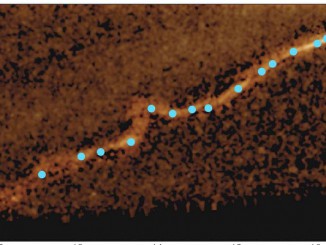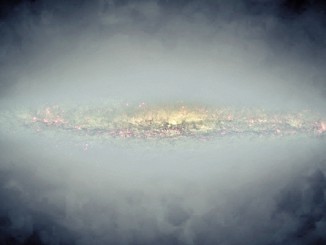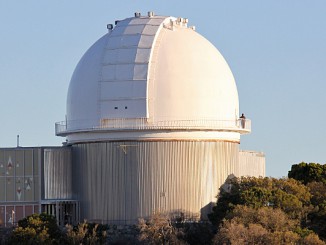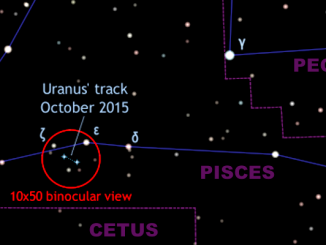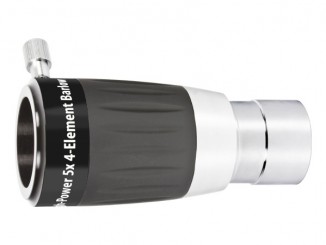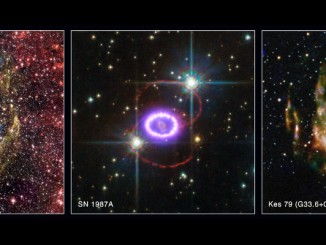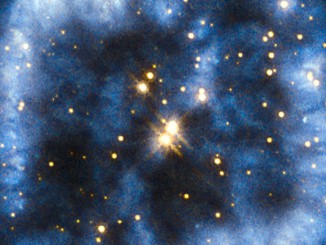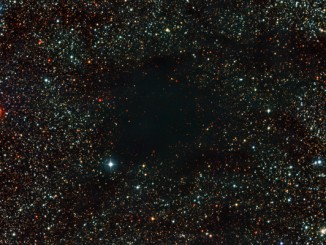
Zooming into the Coalsack Nebula
Dark smudges almost block out a rich star field in this new image of the Coalsack Nebula captured by the 2.2-metre telescope at ESO’s La Silla Observatory in Chile. This huge, dusky object forms a conspicuous silhouette against the bright, starry band of the Milky Way and has been known to people in the Southern Hemisphere for as long as our species has existed.

